GR Field Guide
To celebrate the spirit of a small town, we created an arts and cultural field guide.
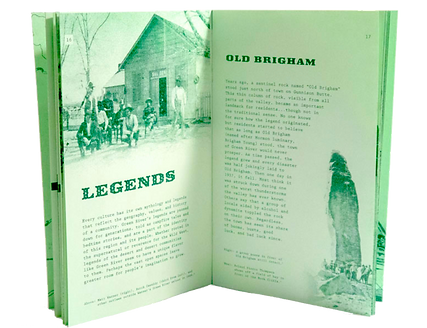
The Context
For a lucky few, Green River, Utah is home. For most, Green River is waypoint: a crossing point of the mighty river, a place to rest, or better yet, a spot to take a cool dip during a hot desert journey. For thousands of years, people have been making their way in the area, taking its measure, being shaped by it, and leaving their mark on it -- including Native Americans, miners, and missile launchers. Today, agricultural and hospitality industries drive the town, but there are many layers of the town that are often overlooked.
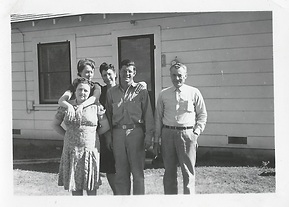
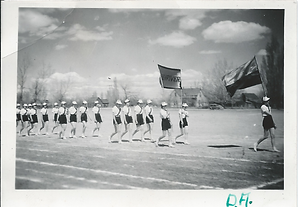
The Challenge
Nowadays, most people experience Green River while zooming past it at 80 miles per hour. But, as they make their hasty exit from town, they are missing far more than they see. Green River is more than just motels, watermelons, or a blur on the highway. It's a remarkable place worth celebrating, listening to, and learning from. It's a place worth visiting, living in, and loving. With these thoughts in mind and a grant from the National Endowment for the Arts, Epicenter staff asked ourselves: how might we capture and convey the unique history and culture of this community?

My Role
I was the primary writer and researcher on this project, consulting with a local archivist.


The Research and Design Process
The following is a brief narrative of steps we took in the project:
1. Talking with Experts
We talked with a folklorist about best practices in cultural research and documentation, and a local town archivist about which areas of history and culture we should focus on.
2. Research and Documents Gathering
We went to the local historical archive, local libraries, and Utah's state archive to find historical/cultural information and pictures about Green River and its surroundings.
3. Planning and Writing the Field Guide
We decided on an ideal outline and length for the field guide, writing it to fit those guidelines. Specifications included: it should be able to be read in under 15 minutes, should feature history stemming from the town's Native American origins to the town today, and have the ability to be printed on standard 8.5 x 11 paper.
4. Designing the Document
We decided on a look and feel (simultaneously modern and rustic ), chose fonts and colors, and compiled the field guide's text and pictures into a book format.
5. Feedback and Final Design
We edited the document based on our own internal review and feedback from the local historian and selected residents, and finalized the document. We also made a digital version of the document via a website.

Organization of the Field Guide
A Field Guide to Green River, Utah History and Culture includes:
-
A foreword that gives a brief introduction to the town and the document itself.
-
A timeline that gives the reader a visual overview of the area's major events and eras (starting with the emergence of the Paleo Indians and ending with the completion of the new dam).
-
A points of interest map of local features that demonstrate the town's history and present.
-
A history section that gives information about the region's earliest inhabitants and the town's formation.
-
A legends section that features local stories (like rumors that the town was the site of the New Area 51) and larger-than-life figures (like Butch Cassidy and his Wild Bunch).
-
A traditions section that showcases local events (like Melon Days) and hobbies (like river running).
-
A "Green River of Today" section that describes how the town's past has influenced the town's present, and serves as the field guide's conclusion.

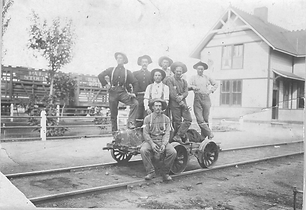
The Final Document
Here are a few sample pages from the field guide:
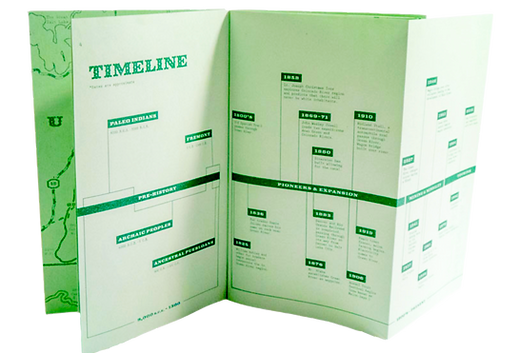
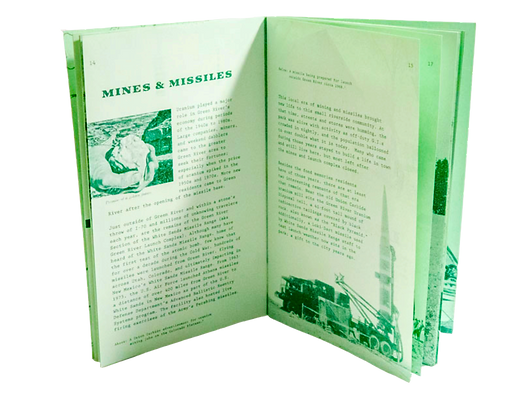

To read the digital version A Field Guide to Green River, Utah Arts and Culture, please click here.
Impact
Hopefully people who read the field guide will pass the story of Green River on, letting others know that though the town might not be big, it's full of history, traditions, character, and promise. Hopefully they'll let others know that like any seemingly sleepy small town or the desert itself, there is a lot to see in Green River if you know where to look.

A Green River volunteer group of today
The Team
Jarod Hamm, BS Graphic Design and Communication
Researcher, Design and Layout
Chris Lezama, BA Sociology and Literature
Lead Researcher, Lead Author, and Editor
Gwen Peck, MA Historical Preservation and Bachelor of Architecture
Editor
Maria Sykes, Bachelor in Architecture and Interior Architecture
Project Manager, Researcher, and Contributor
Emilee Wilson, Bachelor of Architecture
Editor
Previous Project
Next Project